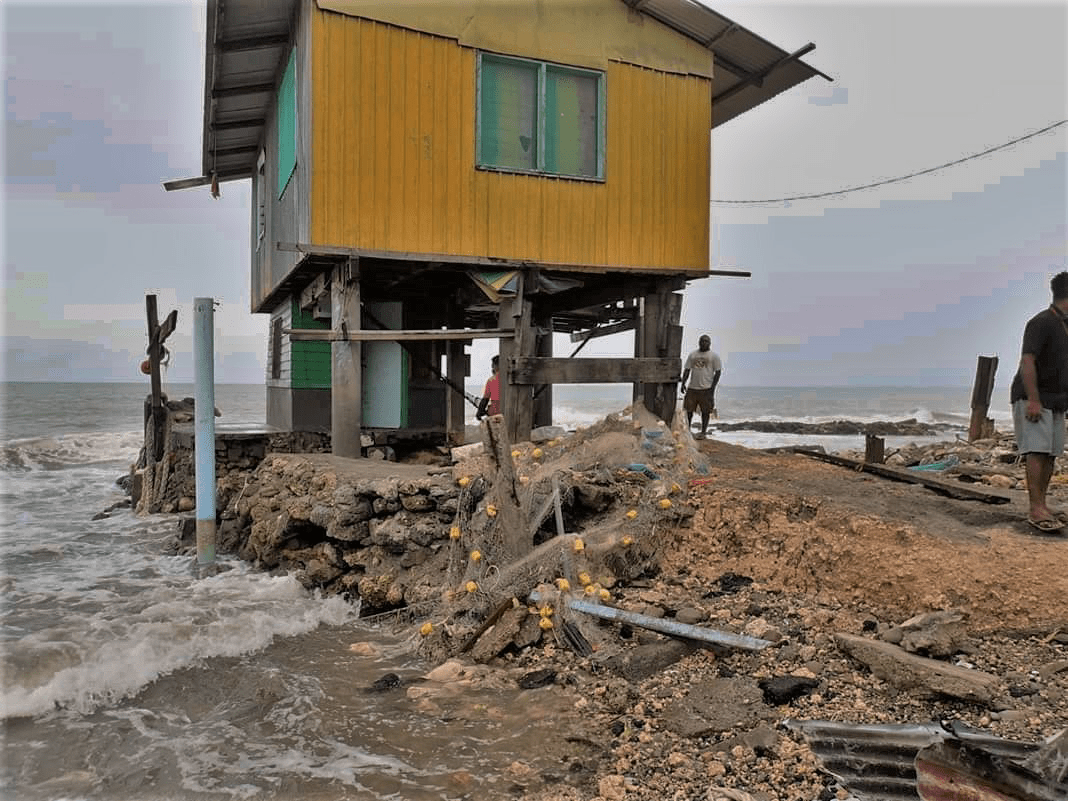BY ALEX DADAMU
PACIFIC Meteorological Desk Partnership at the Secretariat of the Pacific Regional Environment Programme (SPREP) has confirmed the arrival of La Niña in the Pacific.
Whilst the impacts of La Niña will vary from country to country, Solomon Islands weather has been forecasted to experience higher than normal rainfall. This is expected to last to the first quarter of 2021 which is from November 2020 to April 2021.
During a virtual ‘Pacific Islands Climate Outlook Forum (PICOF-7)’ on 22nd and 23rd October hosted by SPREP, weather experts provided important informationon the La Nina event together with the Tropical Cyclone outlook for the 2020/21 season to the National Meteorology Services (NMS) in the region.
Among issues discussed during PICOF-7 was how they can improve an understanding of the drivers of Pacific Island climate including the climate and ocean state in the last six months and to improve understanding of climate, ocean and tropical cyclone outlooks for the next six months.
Despite being forecasted to experience higher than normal rainfall and the likeliness of tropical cyclones to form during this La Nina period, the Climate and Oceans Support Programme in the Pacific Capacity Development and Pacific Met Desk during the Pacific Islands Climate Outlook Forum (101) revealed that Tropical Cyclone (TC) Outlook for Solomon Islands to be, ‘Normal to Reduce’.
According to National Institute of Water and Atmospheric Research (NIWA – Taihoro Nukurangi) there is a 0 to 1 chance for a Tropical Cyclone to occur in the Solomon Islands. NIWA’s Tropical Cyclone (TC) Outlook – 2020/21 for Solomon Islands says the Risk Level is expected to be ‘Normal’ during the period.
However, despite the risk reduction in some places, NIWA warned that cyclones are still expected for countries that typically experience one or more named cyclones per year, “At least three severe cyclones reaching category 3 or higher might occur anywhere across the region, so all communities should remain prepared,”.
“For this season, elevated activity is expected for New Caledonia.
“Near normal activity is expected for Tokelau, Fiji, Vanuatu, the Solomon Islands and Papua New Guinea.
“Normal or slightly reduced activity is expected for Tonga, Wallis & Futuna, and Samoa.
“Most other islands to the east of the International Date Line are expected to have reduced TC risk for the season,” The Research Institute stated.
Meanwhile, in preparation for the La Nina event associated with the wet and cyclone session period, the Solomon Islands Meteorological Service has conducted awareness to Schools and communities in Honiara City and in the provinces.
During the awareness the Meteorological Service office conducted awareness on services provided by them to help the schools and communities to review and update their school disaster Management Plans.
The Solomon Islands Meteorological Service in the meantime warned that La Nina condition associated with above normal rainfall in most parts of Solomon Islands may cause extreme flooding, flash flooding and landslides. This can have the potential to cause damages to food gardens, destroy homes, bridges and other infrastructures.




